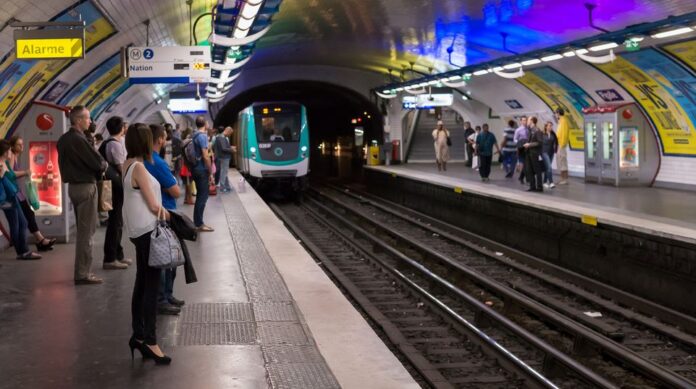You’ve heard of WiFi, but have you heard of LiFi? LiFi is an emerging technology which would essentially move the internet out of your router, and into your light fixtures. This fast-developing optical wireless communications technology could help increase the capacity of wireless data networks, and provide some promising benefits along the way.
What is Li-Fi?
Wireless fidelity, or WiFi, uses UHF and SHF ISM radio bands to allow wireless devices to exchange information. LiFi is a very similar concept, except it uses the visible light spectrum, or VLC, to transmit data. The lighting spectrum is 10,000 times larger than the radio frequency spectrum, which would add an enormous boost to the size and speed of wireless communication capabilities. LED technology has brought the idea of LiFi closer to reality, due to it’s superior controllability and reliability.

LiFi may soon have its first broad application in a surprising place: the Paris Metro. The Metro has a quarter of a million lights in its 302 underground stations and its 66 commuter rail stations. Currently, the lights are being replaced with LEDs as part of a $12 million effort to upgrade the system and make it more energy efficient.
The timing of this project is fortuitous. While other subway systems are looking into costly upgrades to provide WiFi in their tunnels, the Metro has the advantage of piggybacking onto the current lighting upgrade. The manager for the light replacement project has confirmed that since June, the Metro has been looking at the feasibility of taking advantage of the project’s timing to install LiFi technology in the Paris Metro.
LiFi does have its limitations. Most notably, VLC has a much shorter range than the radio spectrum. The visible light spectrum also cannot transmit through walls or other barriers.
These disadvantages, however, can be turned into advantages. In a confined space such as the Paris Metro, passengers do not have to worry about range limitations or WiFi dead spots. The signal will be available wherever visible light can reach. The space limitations of LiFi can also enhance user security because hackers are not able to access the signal from remote places.

LiFi can be used in other applications, such as secure facilities, where the only users accessing the signal are the ones that are already inside. LiFi can also be used in electromagnetic sensitive areas such as hospitals or airplanes.
As LEDs continue to increase in popularity on the market, the cost of installing LiFi can potentially be folded into the expenses already incurred in upgrading lighting infrastructure. The Paris Metro project would be the first example of a large scale public use of LiFi. If successful, it may provide the blueprints for others to upgrade to this promising technology.



